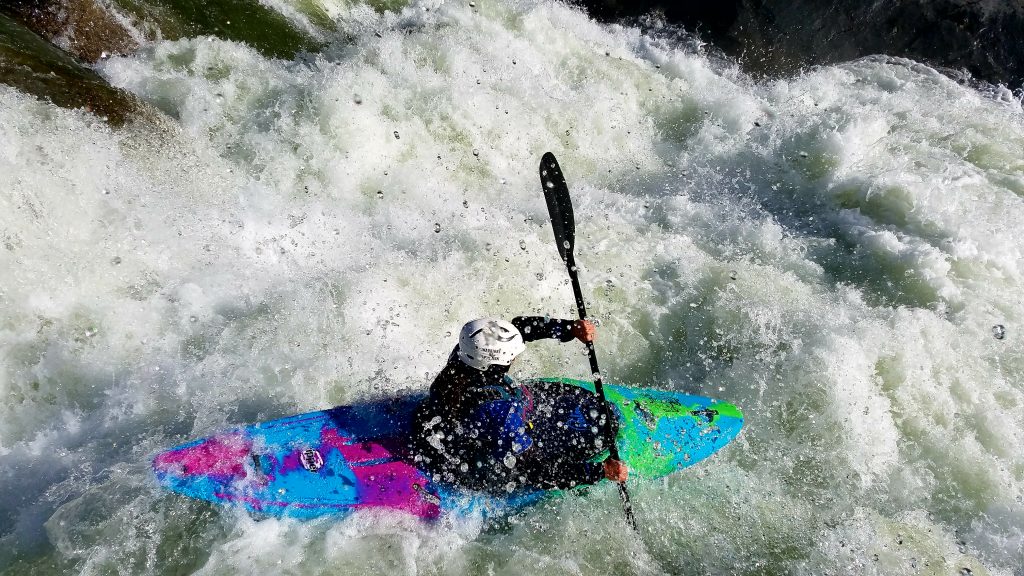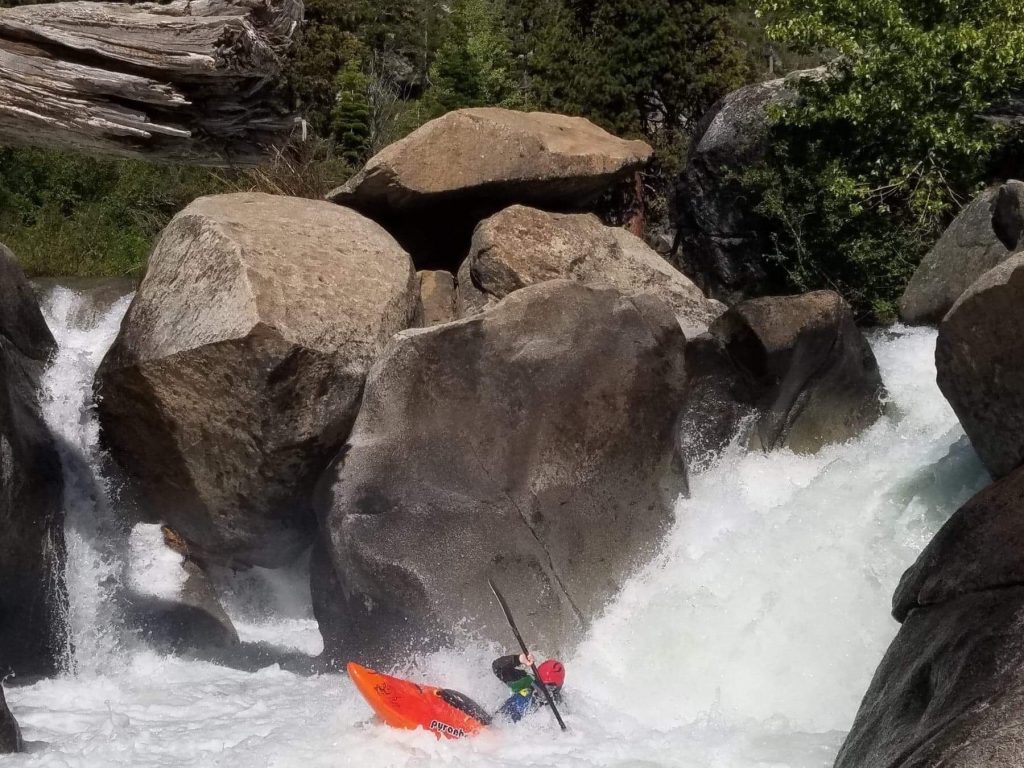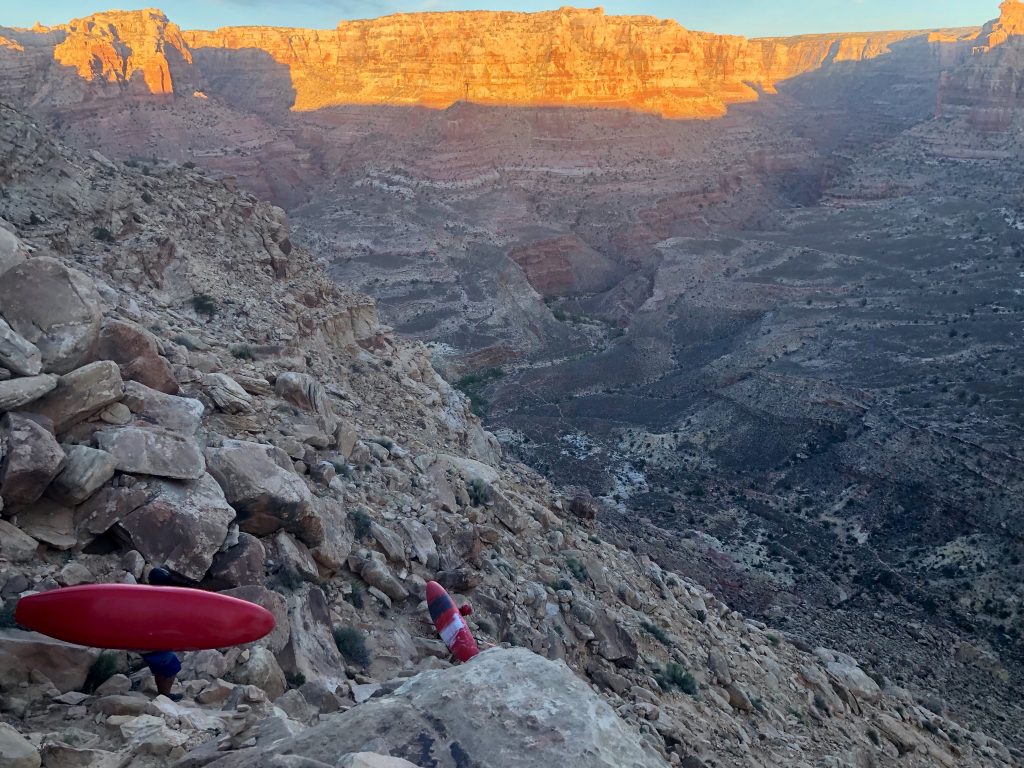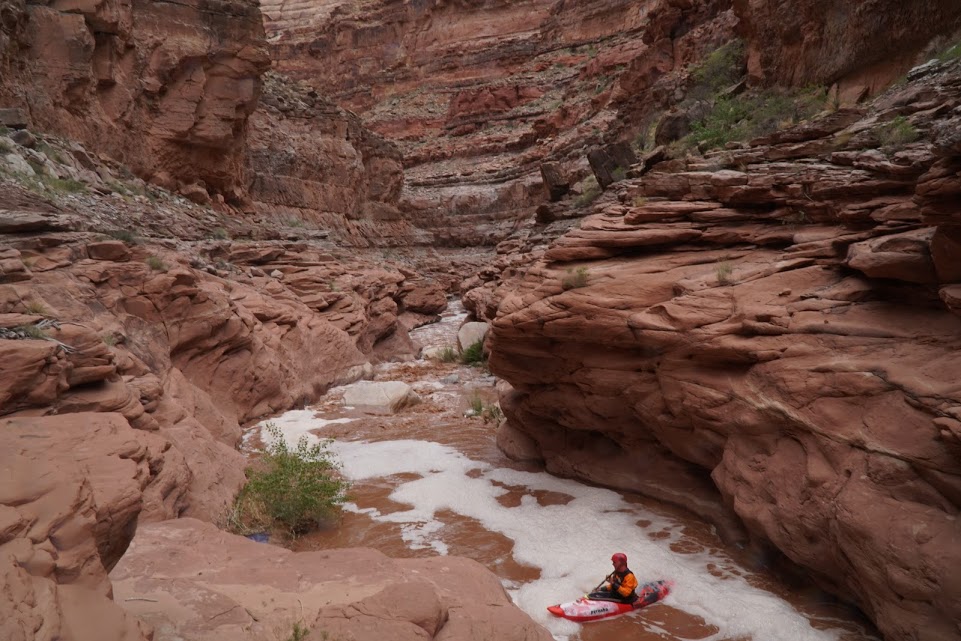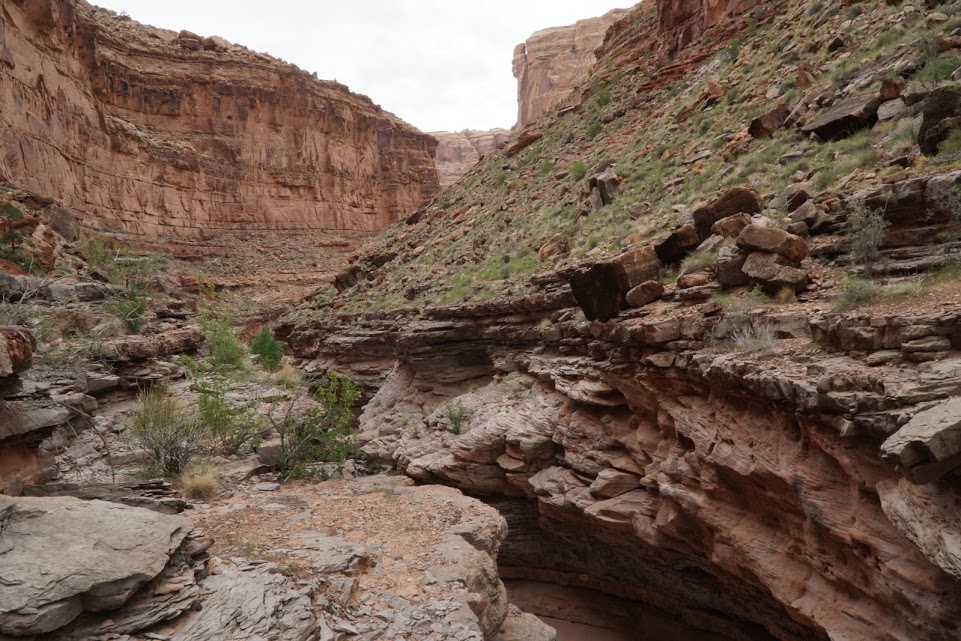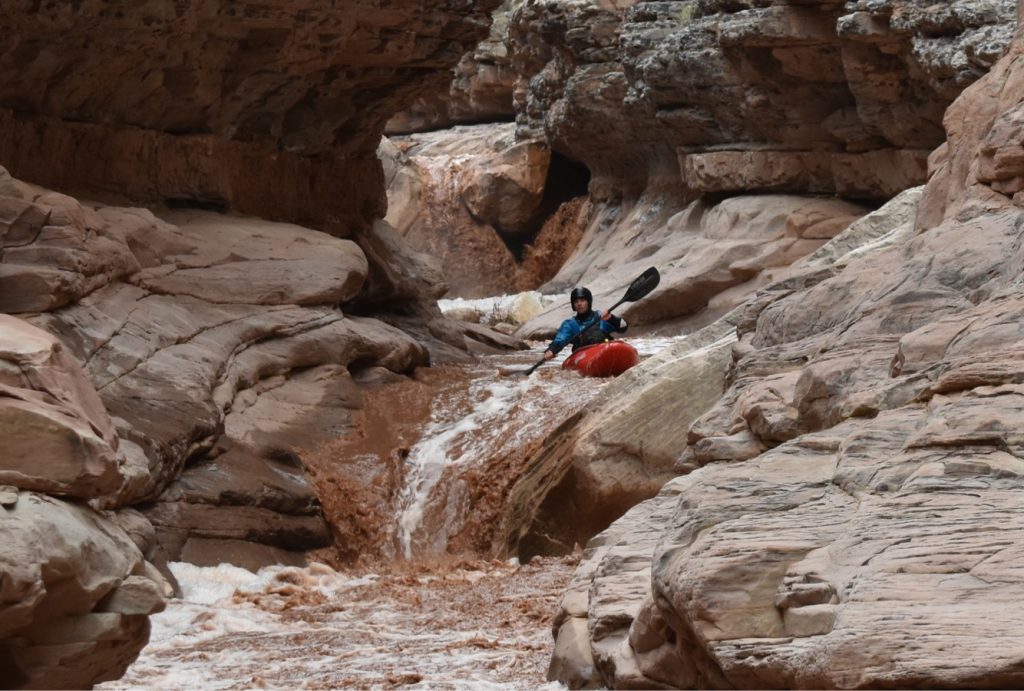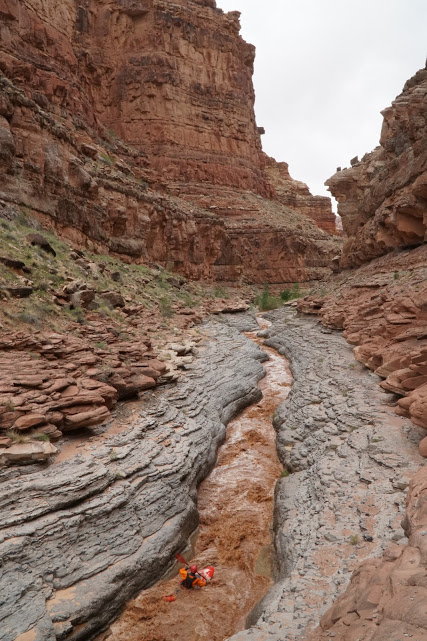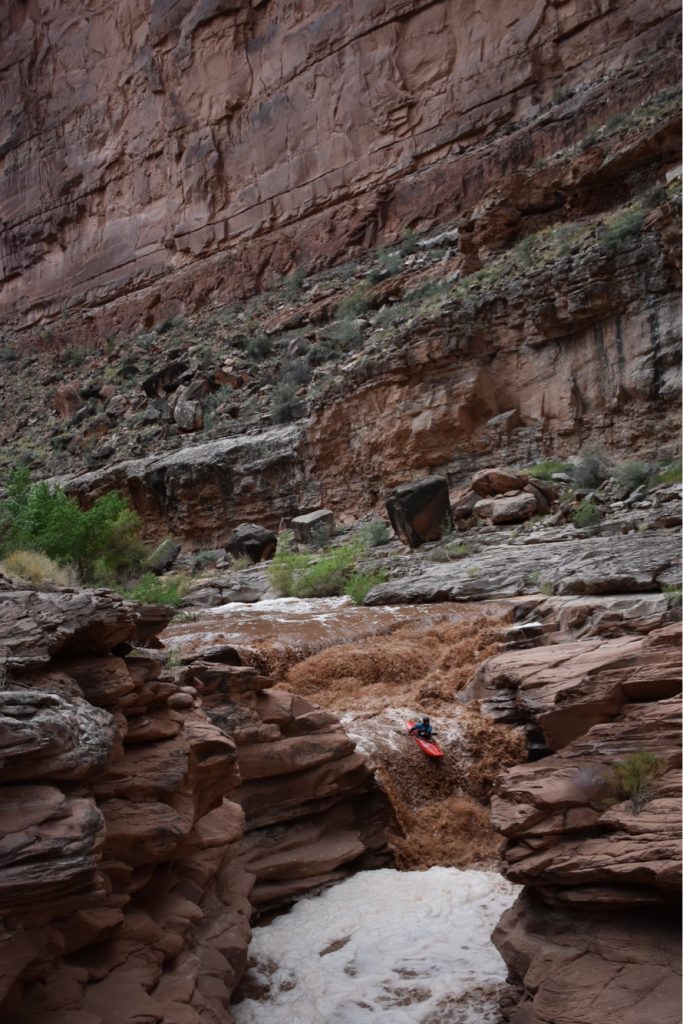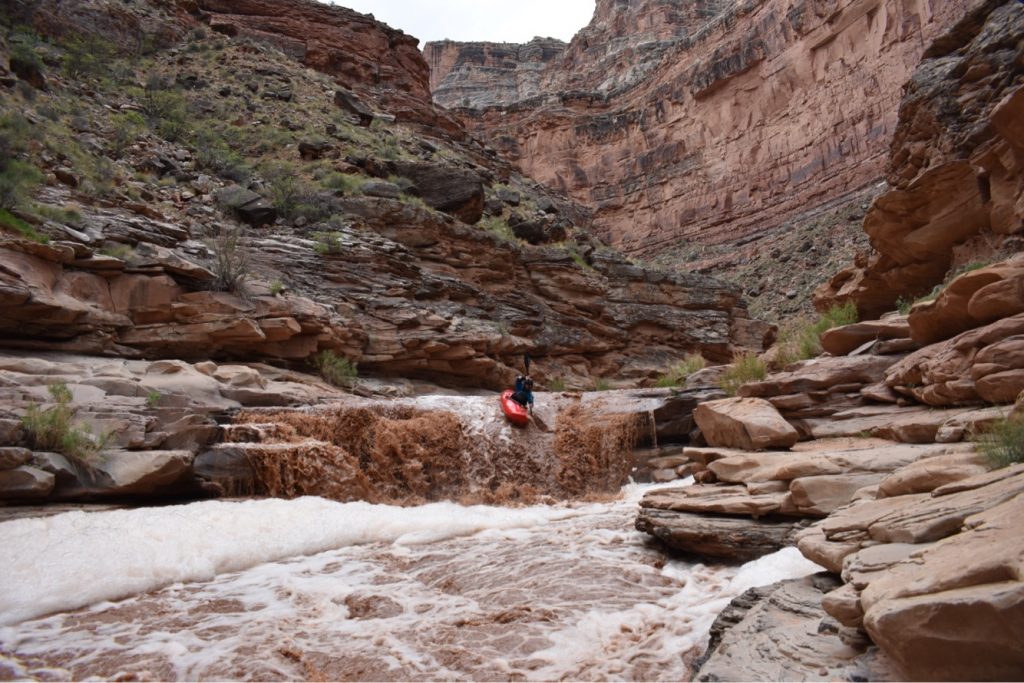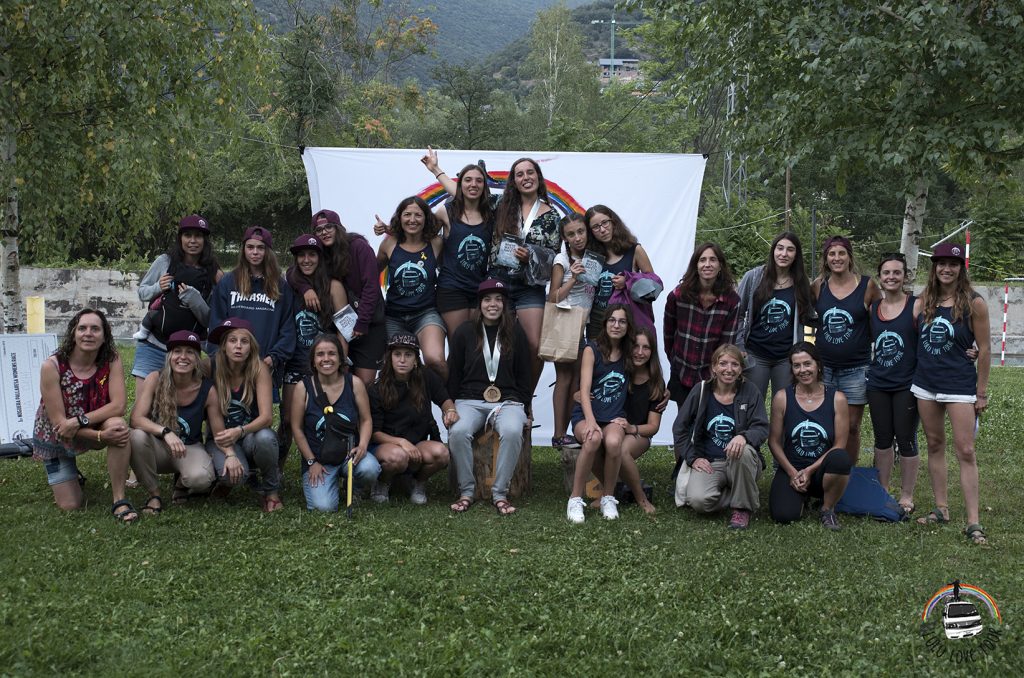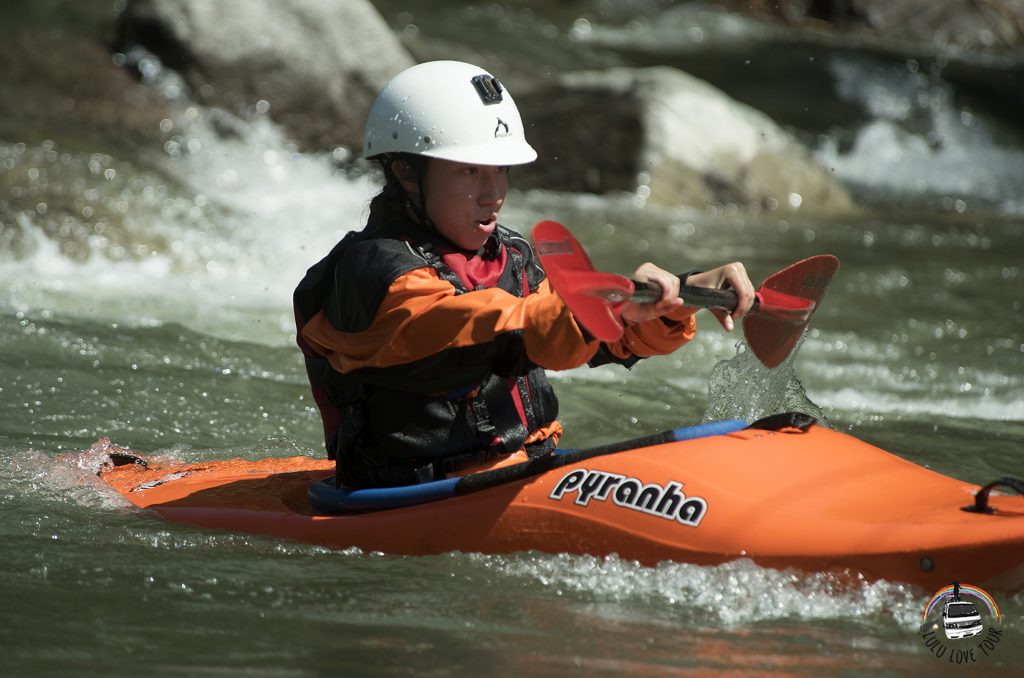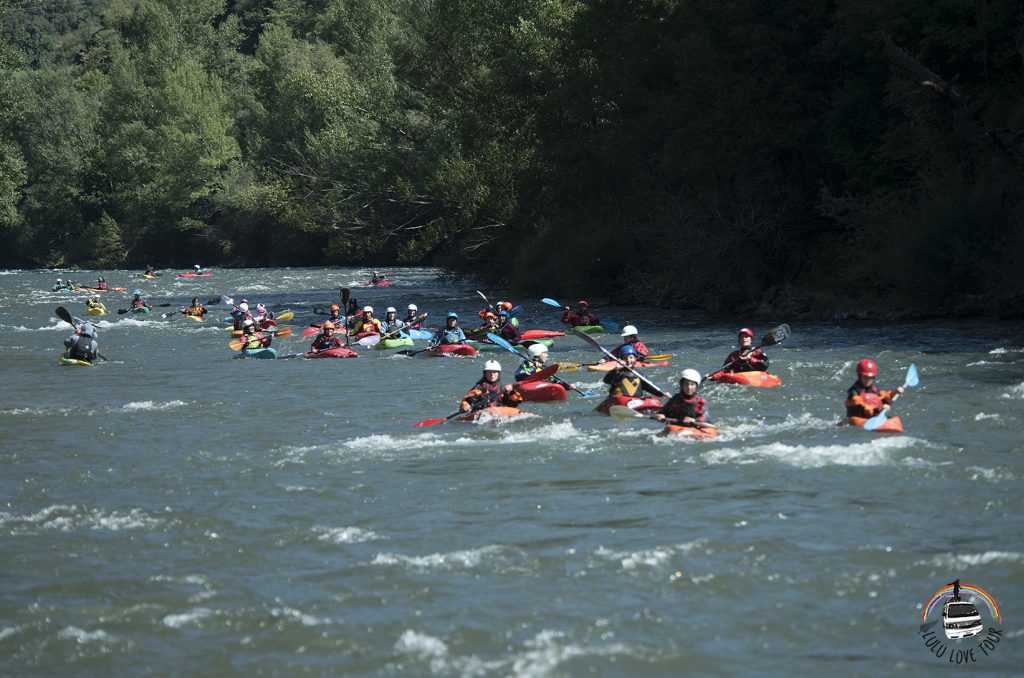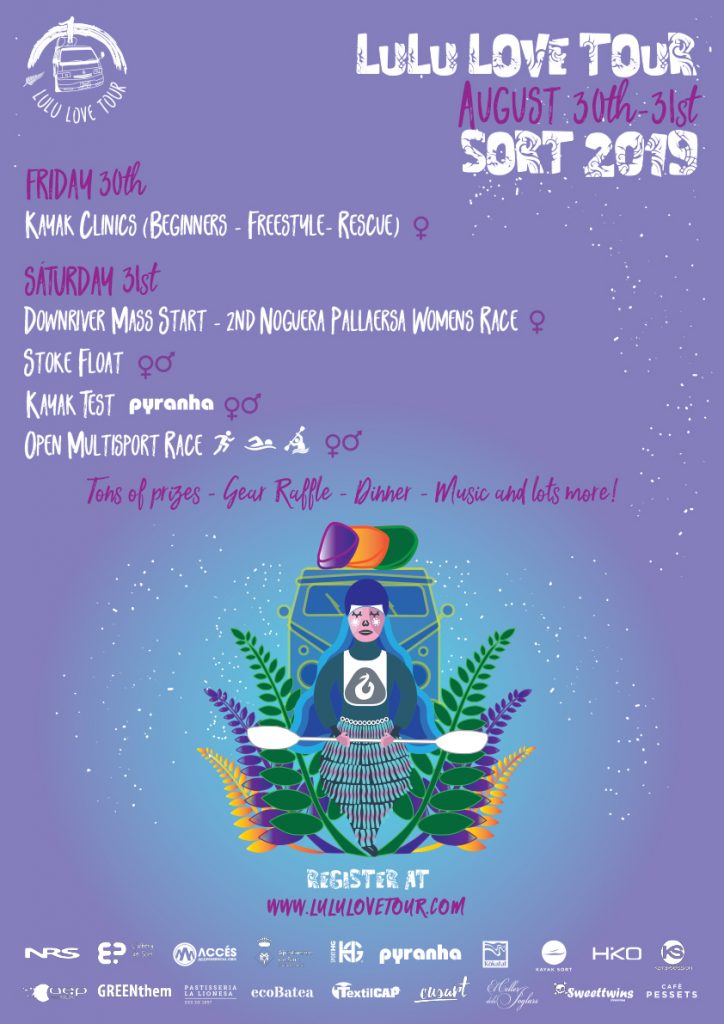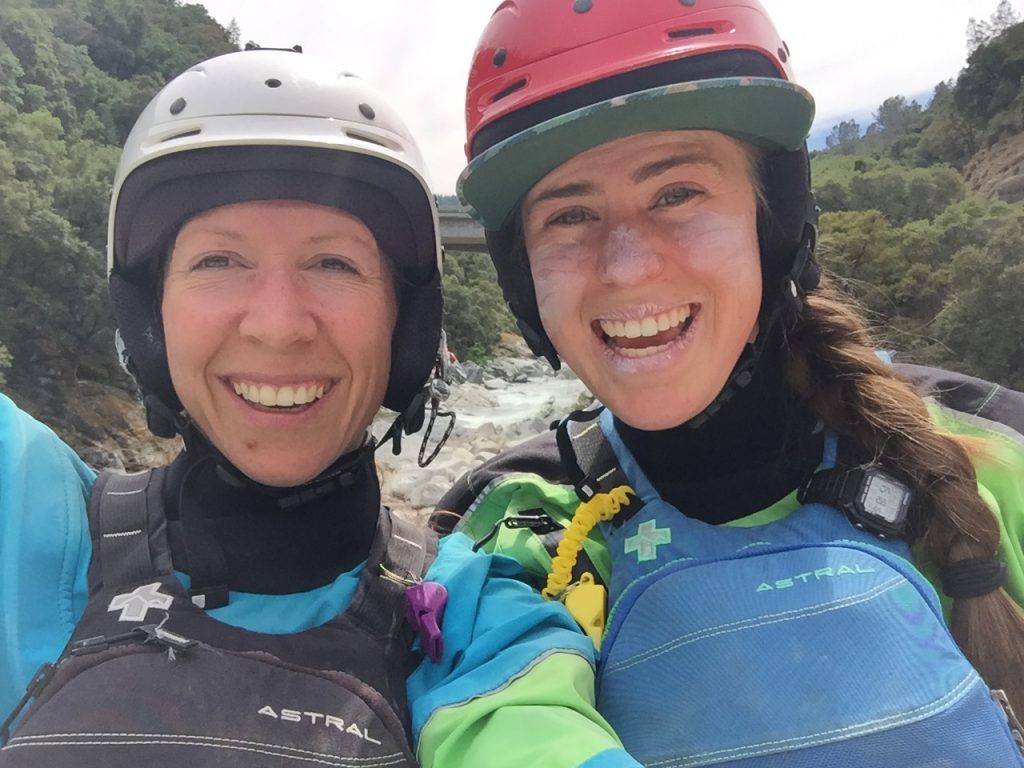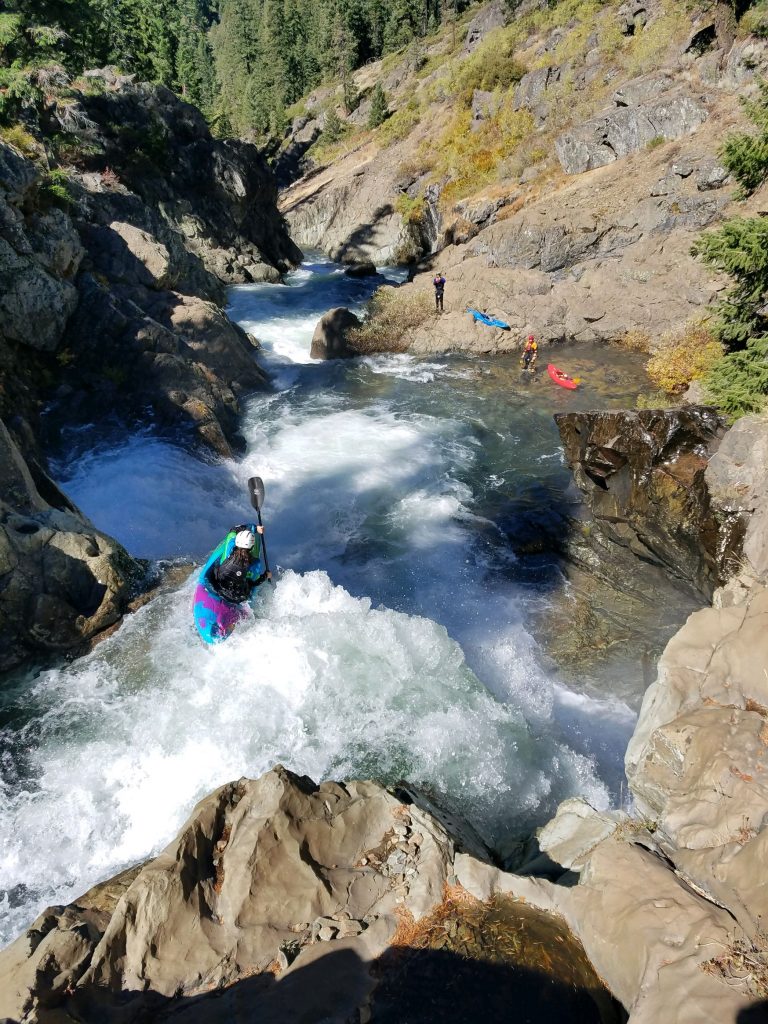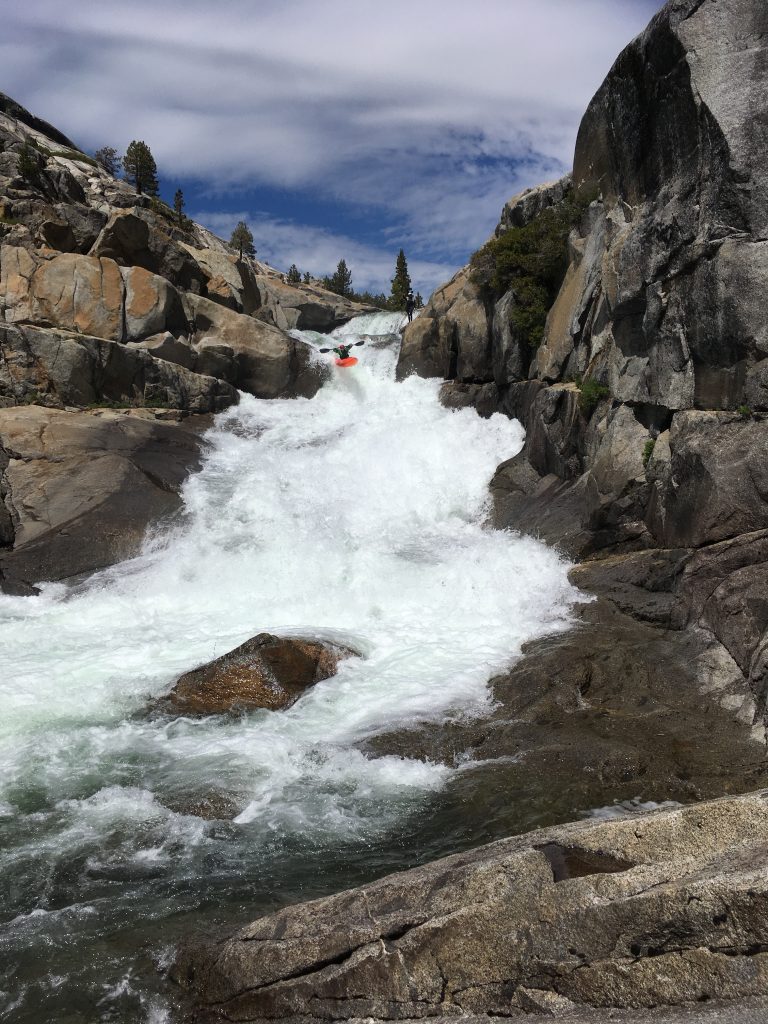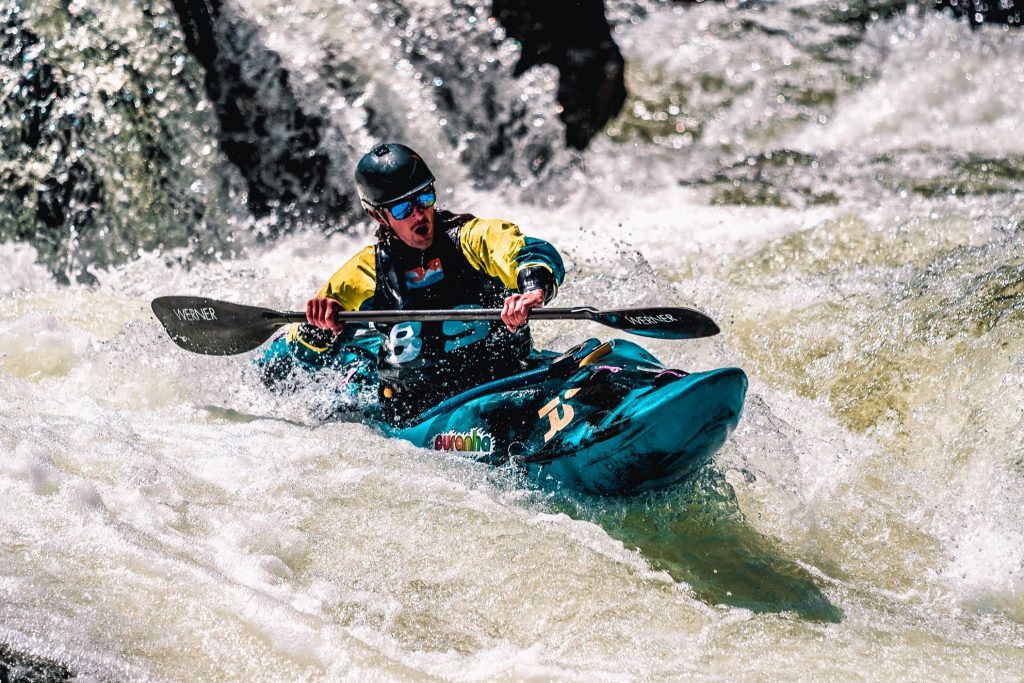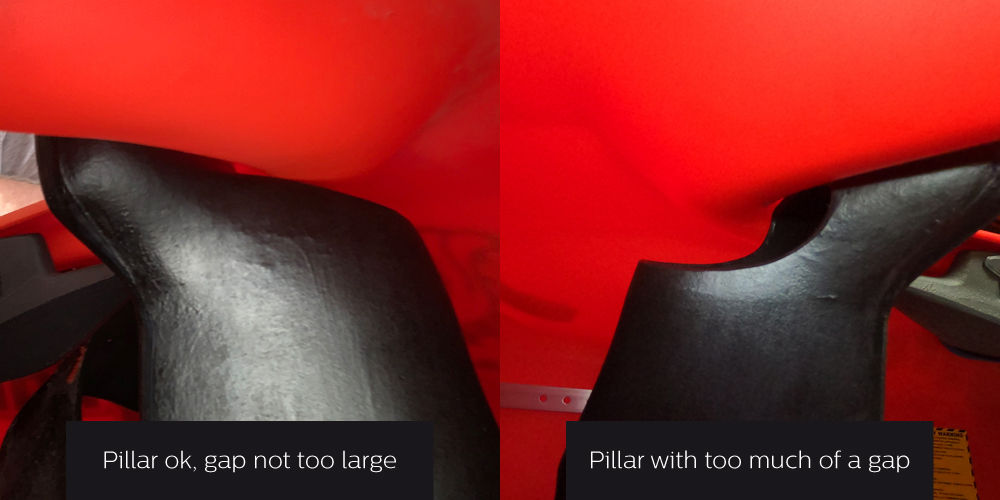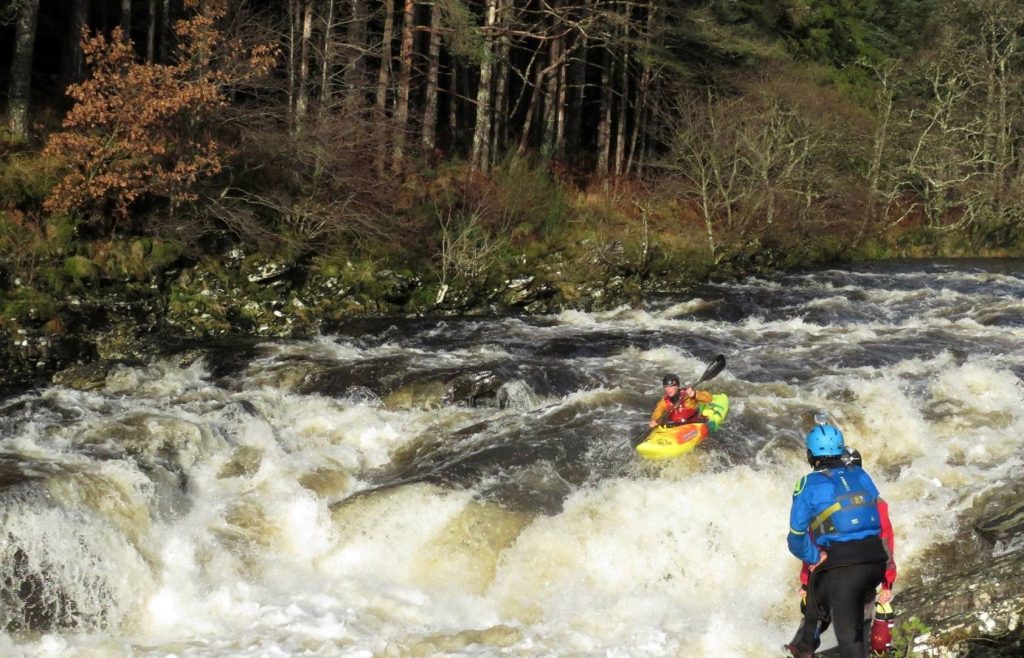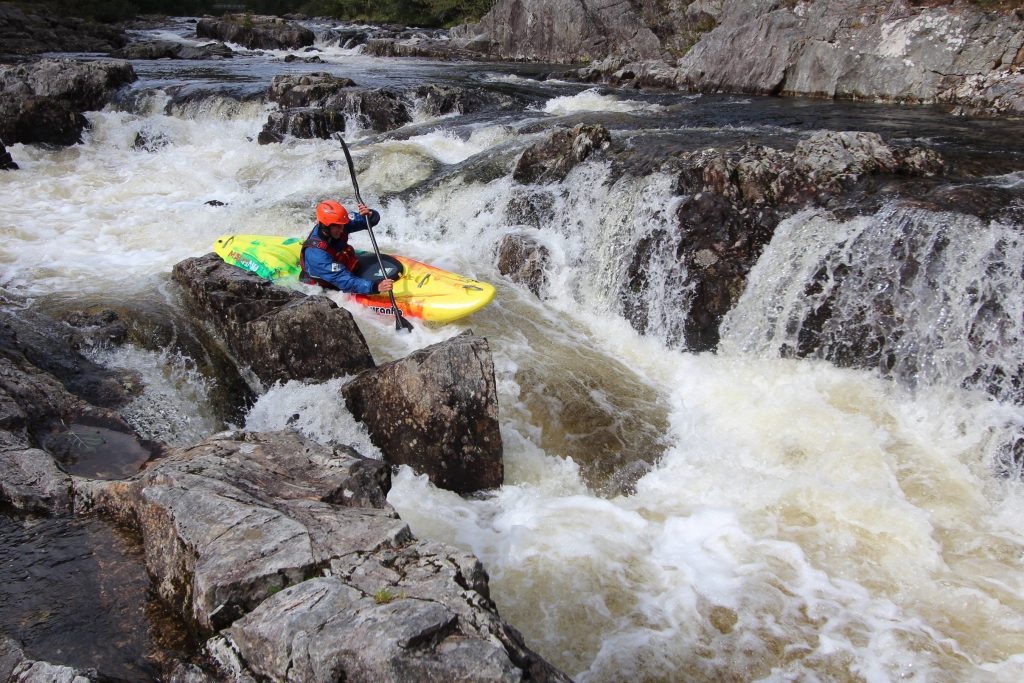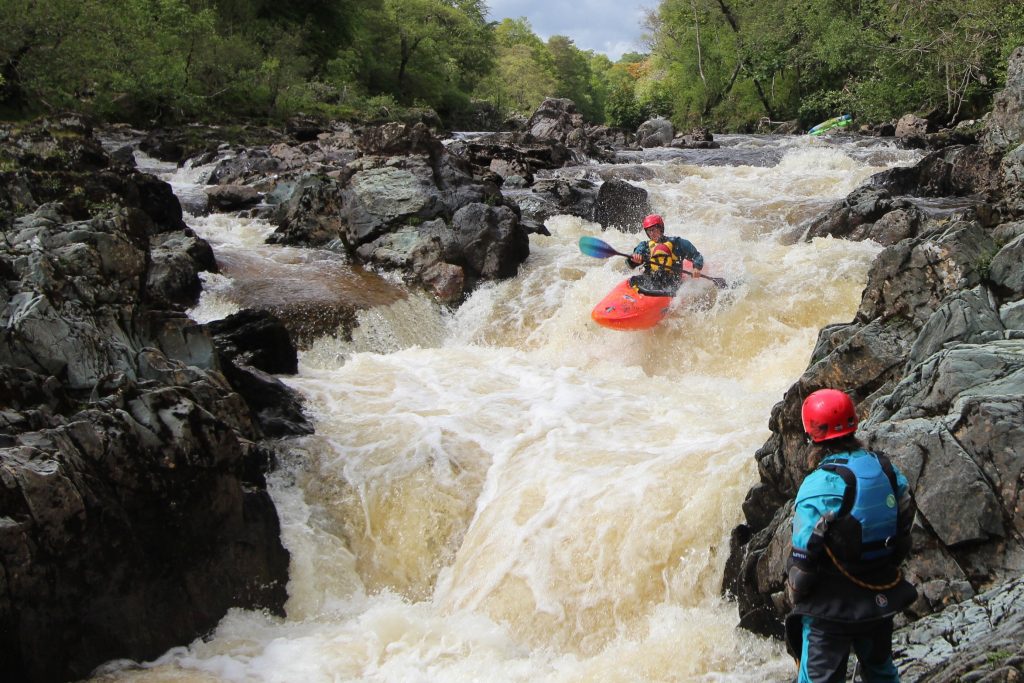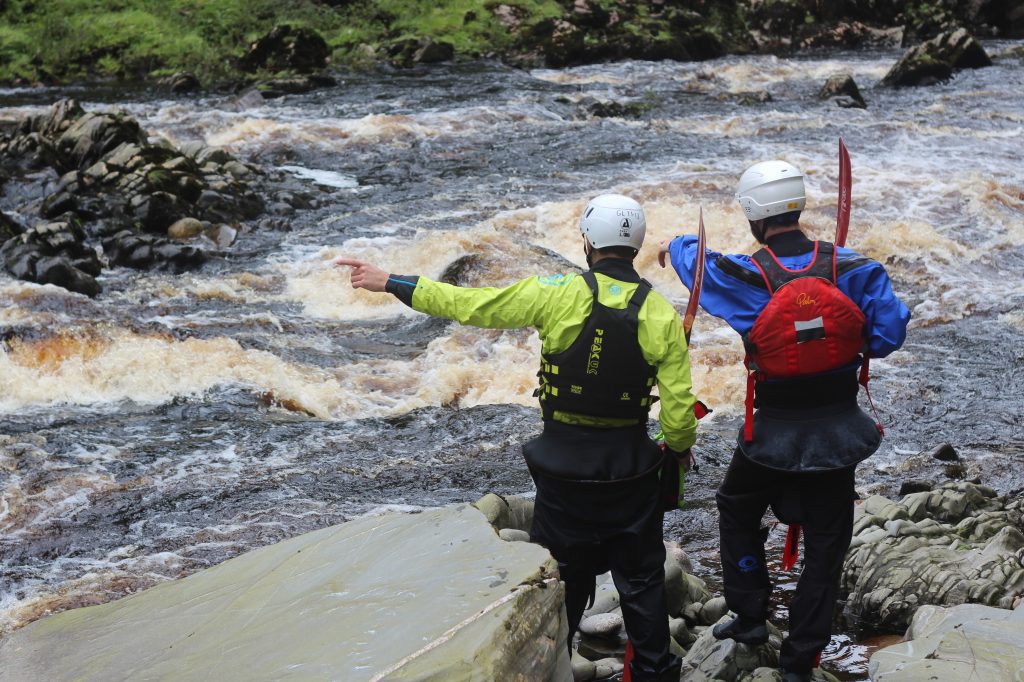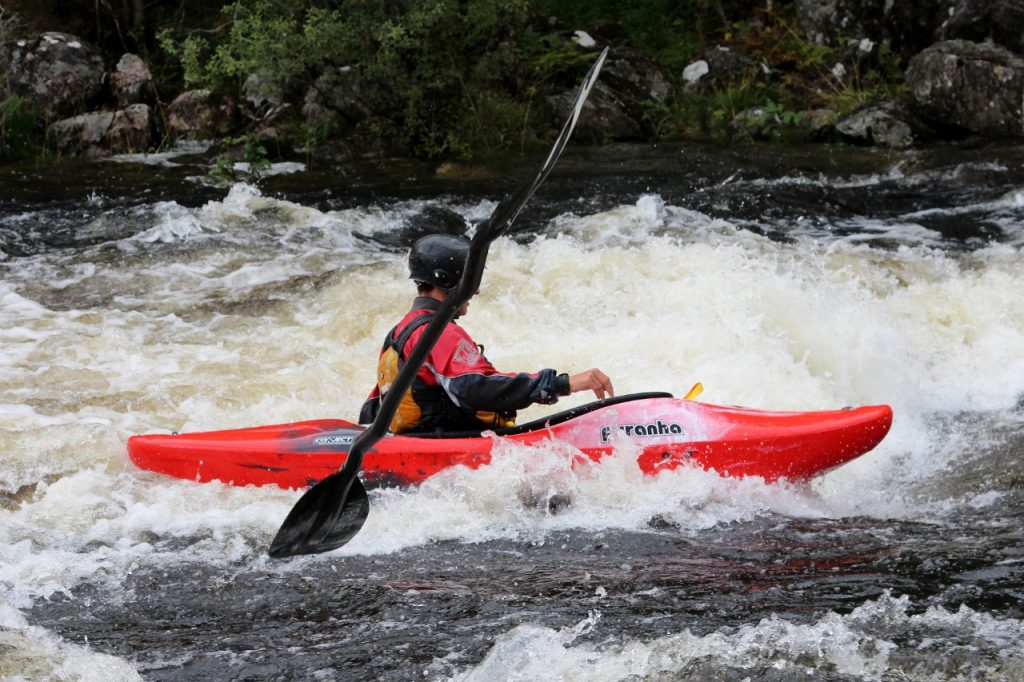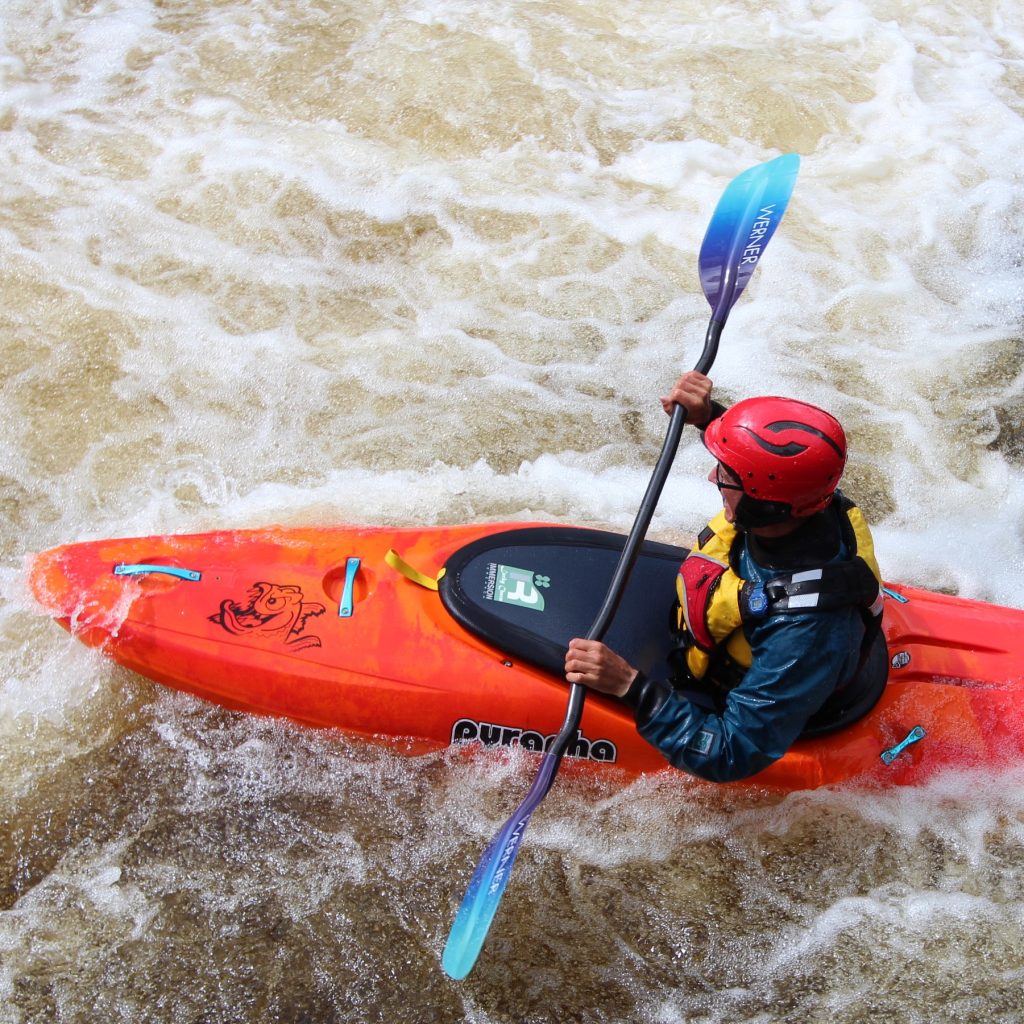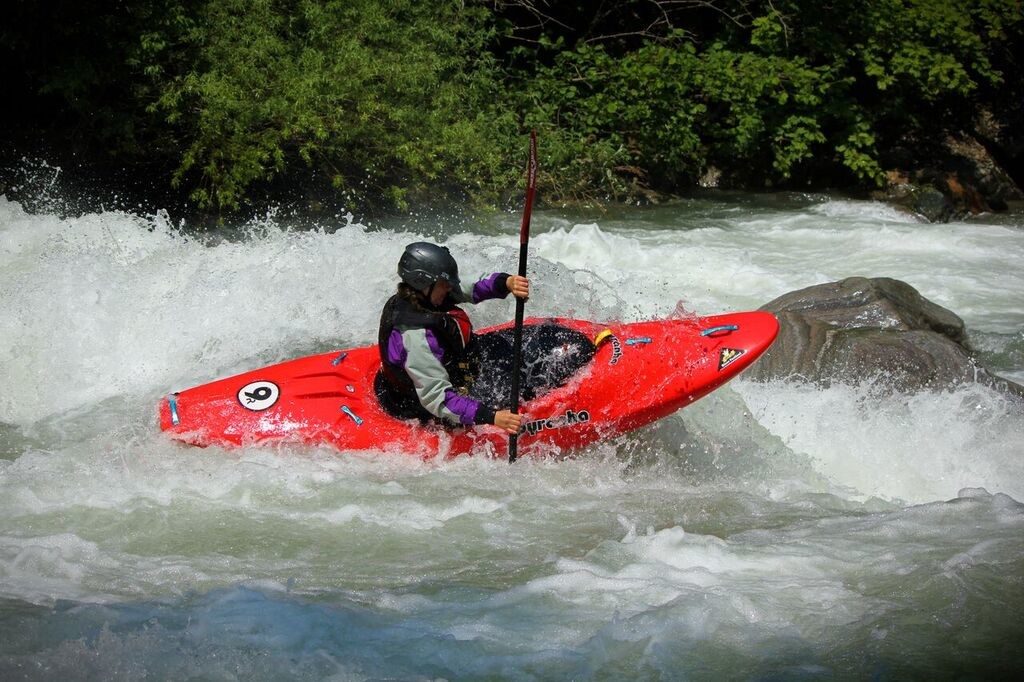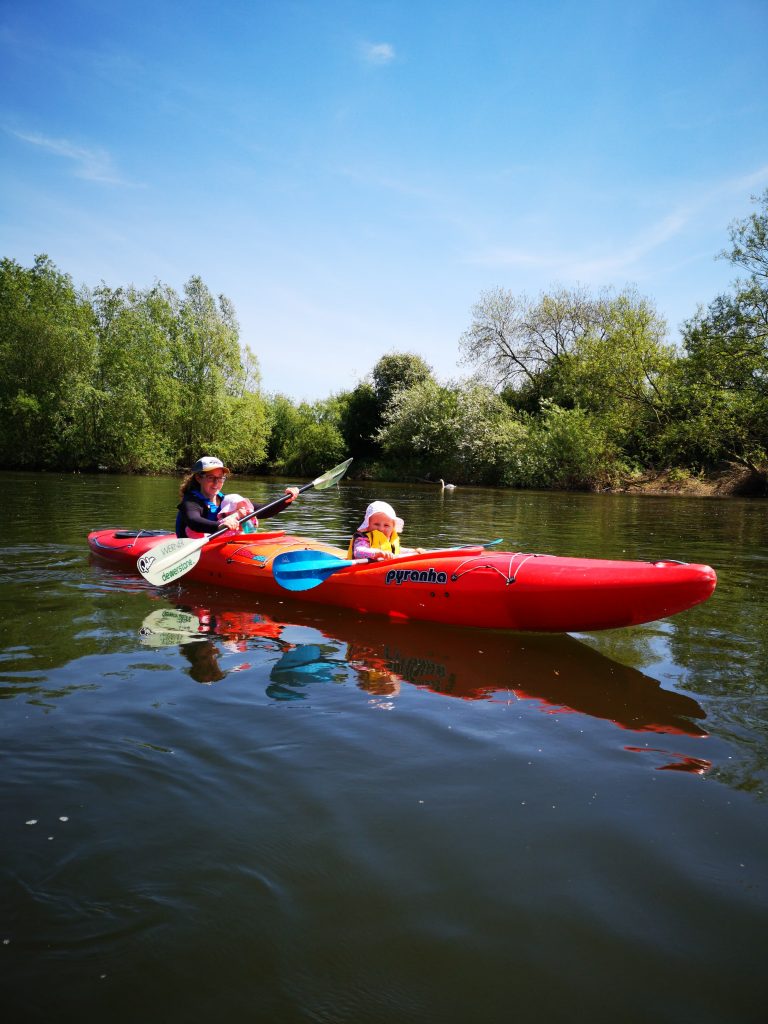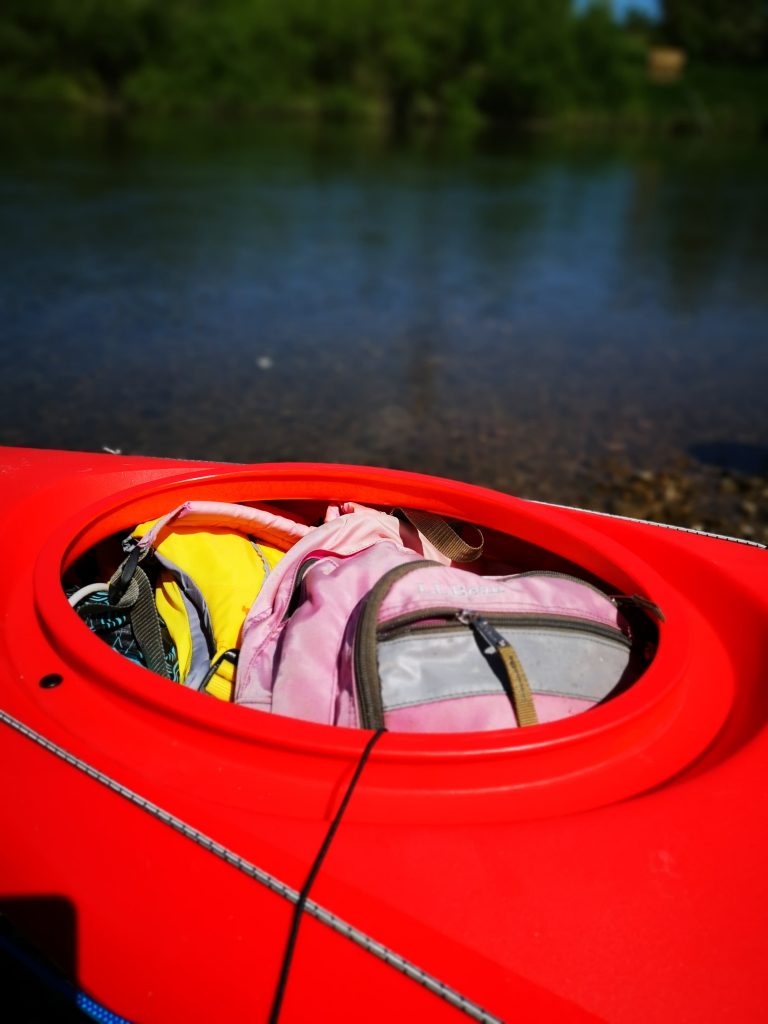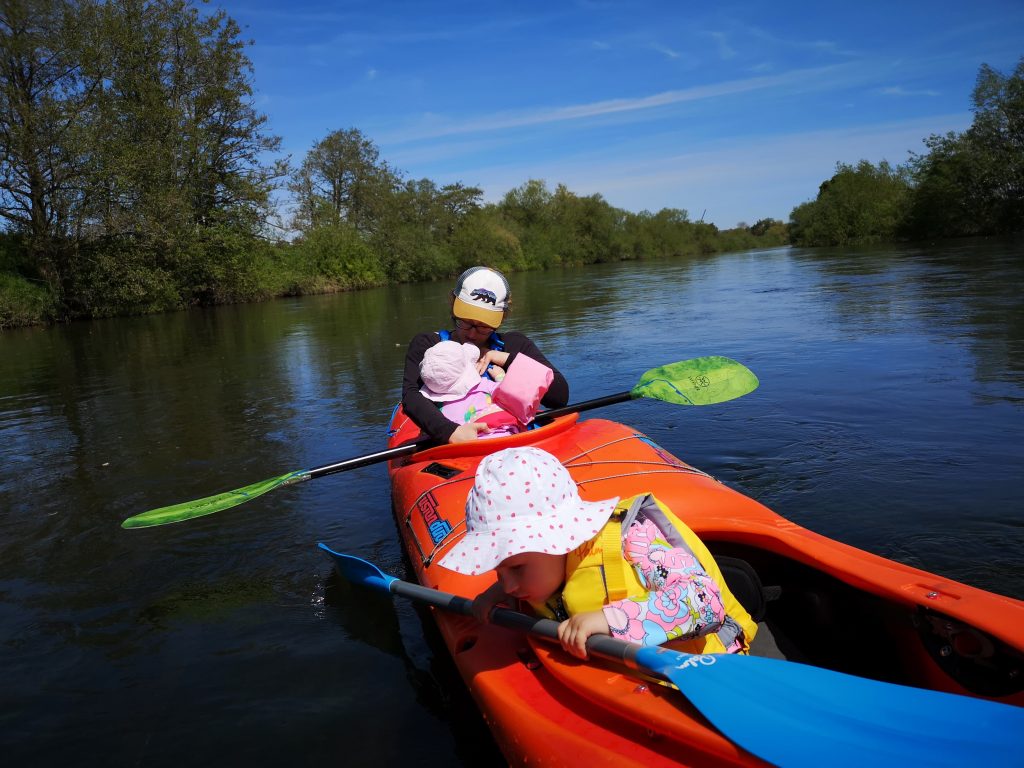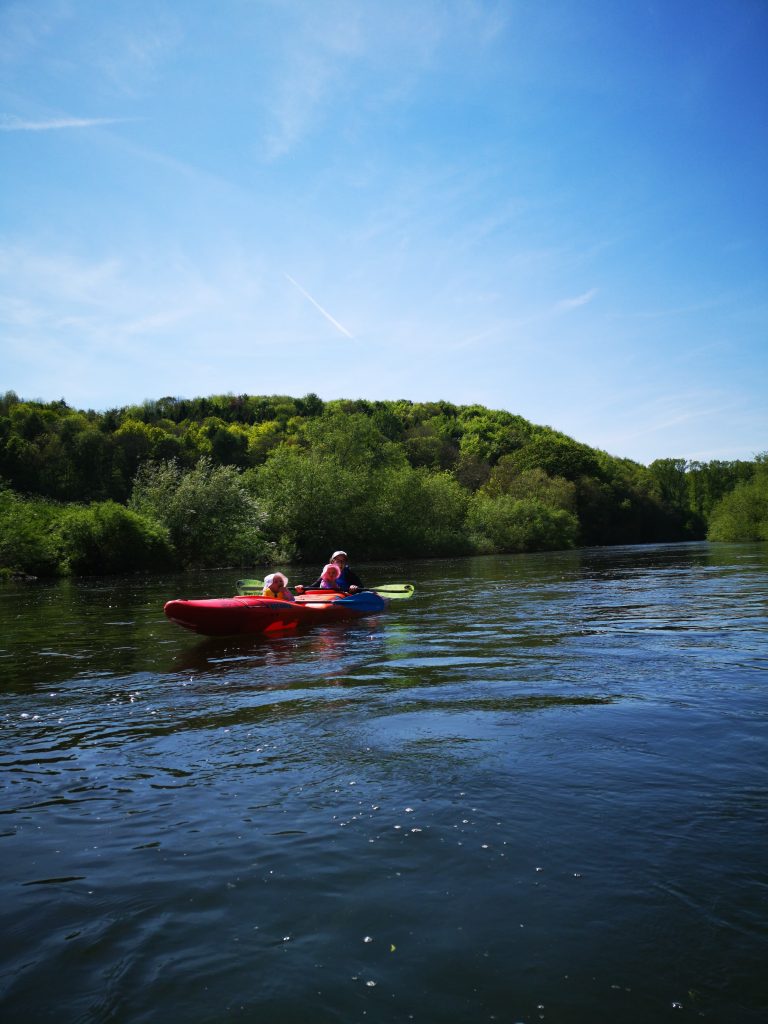My head was filled with dreams of kayaking in far-flung destinations as a kid. The Whitewater Warriors made Norway look amazing, YGP sold me on Eastern Canada at flood stage, and Steve Fisher made the Zambezi look incredible.
I have been lucky enough to travel to almost all of my childhood dream kayaking destinations, but there has been one country at the top of the list for a long time. Starring as the location a team of kayakers travelled to explore in the first kayaking film I ever watched, nestled in between the highest mountain ranges in the world and shrouded in culture and mystery, Tibet is simply a place like no other. Sixteen years after first watching “Into the Tsangpo Gorge” I would finally get the opportunity to kayak in this country.
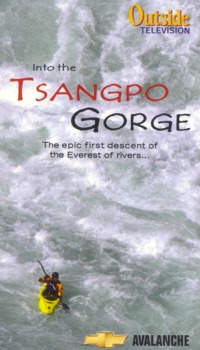
Every country’s travel logistics and visa requirements are different. Gaining entry into Tibet is a little long-winded. In order to get our Visas granted, we had to fly to Nepal first, book a guide (travelling in Tibet without a licensed guide is illegal), fill out a lot of paperwork, take it to the Tibet tourism station in Kathmandu, wait three days, and then finally we could set off for Tibet. We could have flown, but the airline would not have been able to take our kayaks, and there is no way that I want to be in any kayak other than the 9R II on hard whitewater.
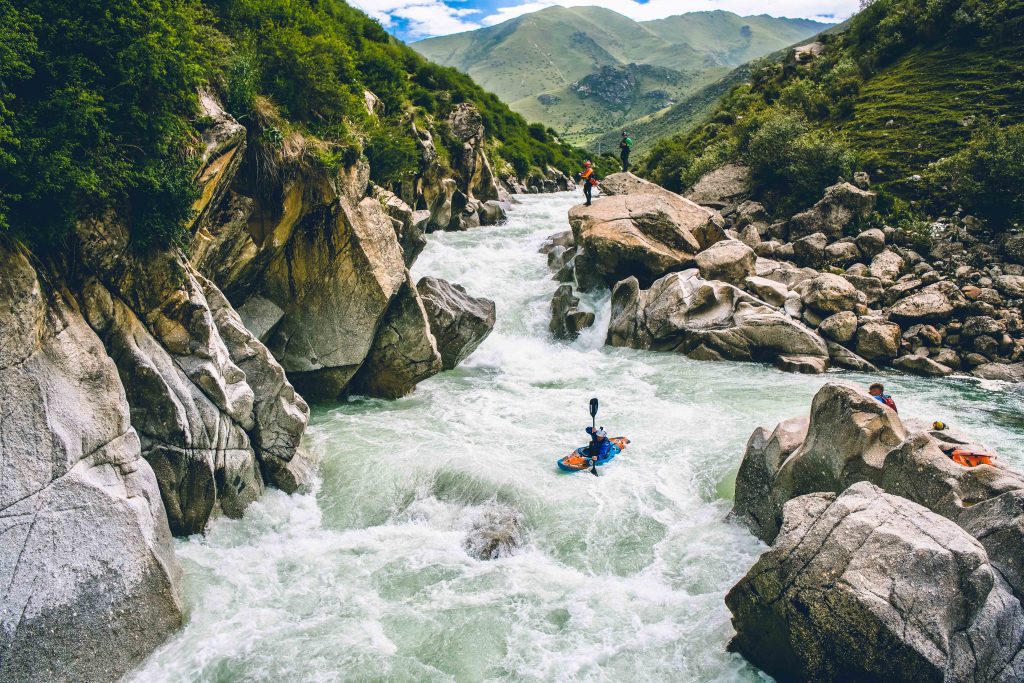
After five days of driving and preparing, we finally made it out onto the water. The first river we paddled was described as a creek, and I suspect at other times of the year it is, in monsoon season it was most decidedly a juicy, powerful river. Think Wellebrucke at good flows. There were not too many noticeable rapids on this river, but it had 30km of class 3/4 and a couple of bigger, more powerful rapids as well. The river was fantastically fun and a good warmup, but I was left wanting more. I had travelled to the biggest mountain range in the world in the monsoon season, and I was honestly hoping to find some insanely big, powerful whitewater.
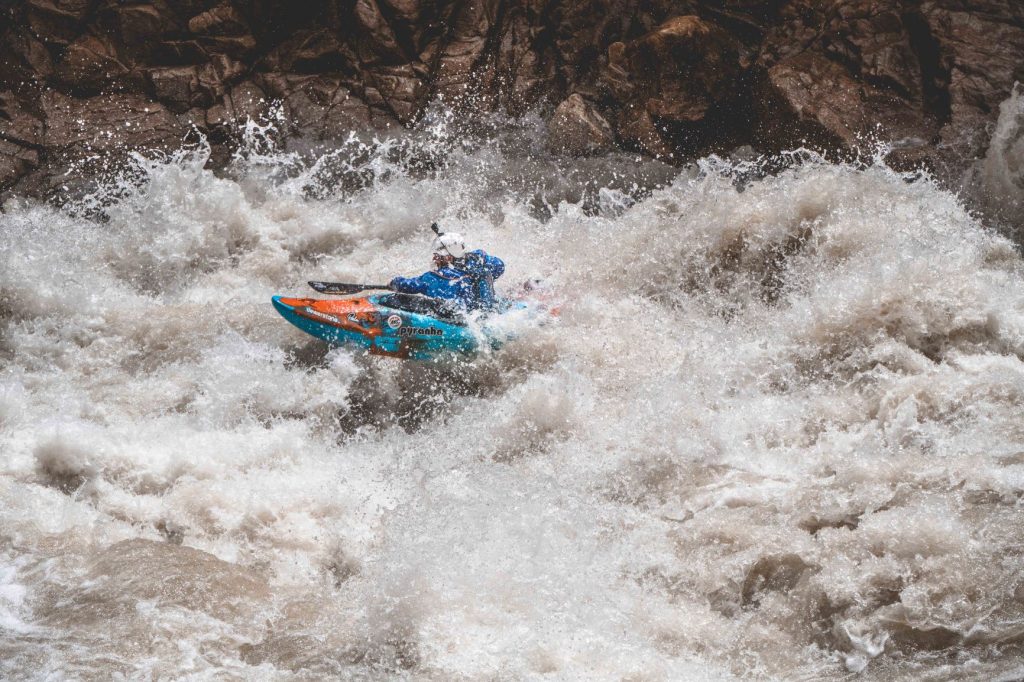
I wouldn’t have to wait long. Driving east, the rivers met at a confluence into each other and picked up tributaries frequently, producing some enormous rapids. The first rapid we dropped into on the Eigong River (spelling?) was phenomenal. It is so rare for whitewater to stay this big and powerful for so long. I went first and had a good line, Nouria went second and crushed it. Adrian had a bit of a battle after he knocked through the wave he had planned to surf across the river to avoid a series of holes, but he is a ninja and styled the centre line. Thilo went last and unfortunately did not have a good time in there. With a rapid as stacked as this, every move counts, and you have to nail the first move to set you up for the second, which then sets you up for the third and so on. Thilo got pushed off his line at the start, took a roll, battled to make the next move, but didn’t make the one after and fell into a series of huge holes. I was honestly impressed with how long he held on for, we were at almost 4000 metres and you would gas out just walking down the rapid to scout. Eventually, he ended up swimming, which was really scary, but the safety team did a great job and got him to the side. Thilo was knackered, breathless, and bleeding. Fortunately, his injuries turned out to be minor and he was able to continue with the trip.
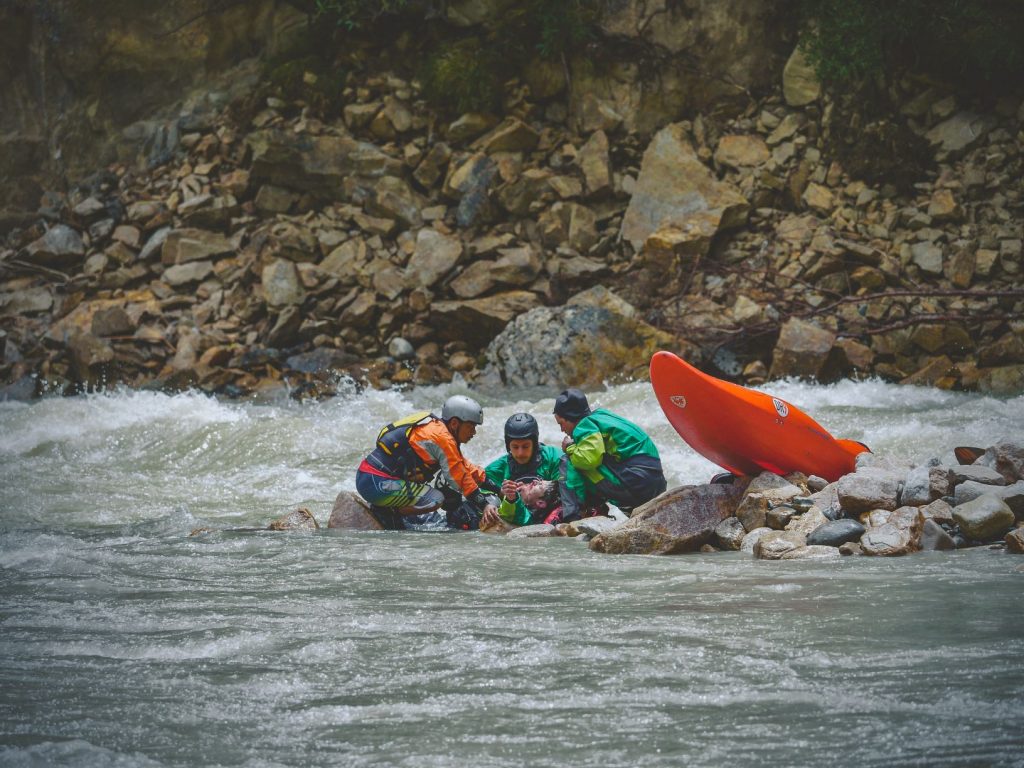
The next couple of km of this river looked world-class. Unfortunately, we were chased out of the valley by the local police and could only gaze longingly at it. The river squeezed itself into a gorge just below and formed some of the most insane whitewater I have ever seen. With some training, lower water levels, and some new safety devices, I think it could be possible to send it.
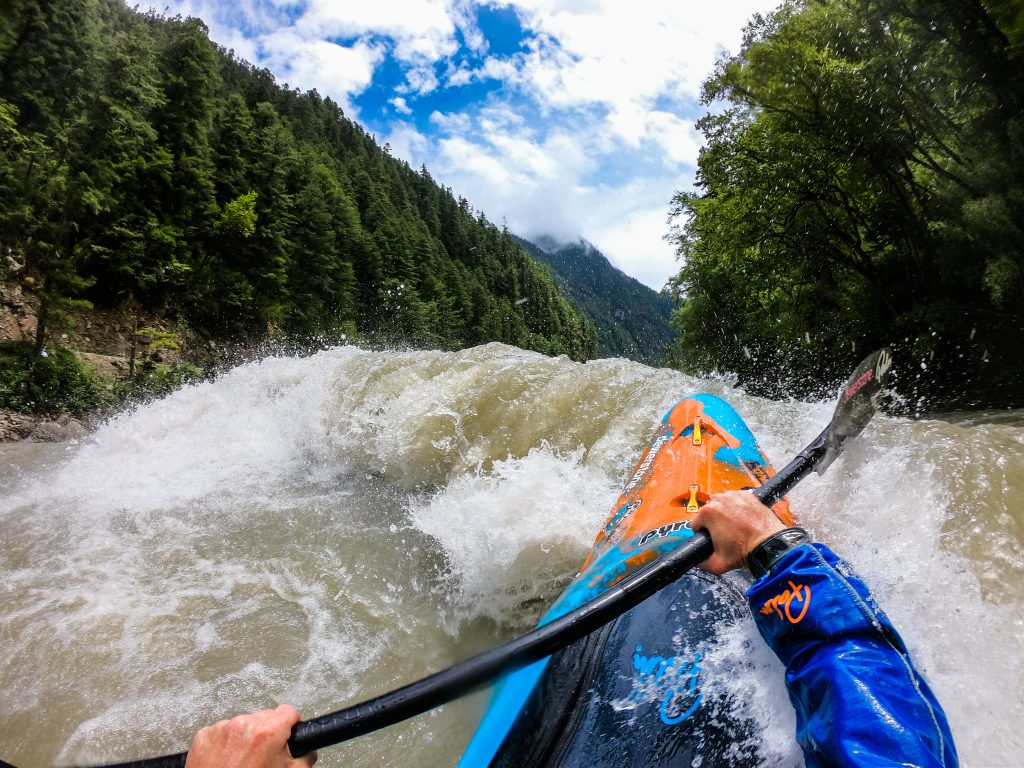
The river came to a confluence downstream and became the Po Tsangpo; we found around 20km of some of the best big water rapids in the world and had a great couple of days dropping into these enormous wave trains.
We thought the river was about to mellow out downstream, but instead, it formed the second biggest rapid I have ever seen, only this time there was a line down it!
I rarely get scared before a rapid these days. Sounds cocky to say, but it’s the truth. I honestly think it’s because, by the time I decide to commit to running a rapid, I have pictured the line in my head enough times that there is very little doubt in my mind that things will go well. This rapid, however, scared me. Big water like this surges and crashes like the ocean, and a line that was open a few seconds ago can close up and block you. With Thilo’s swim fresh in my mind, I was definitely nervous when peeling out of the top eddy.
Fortunately, I had the line of my life down this thing! Nouria and Adrian had more of a battle in there than I did, but they still crushed it!
It was a bittersweet trip for me, I achieved my goal of dropping into a new level of big water, but we also had to miss out on so many more beautiful rapids because of the police struggle… the dreaming continues, and I hope to return someday and send those rapids.
See you on the water,
Bren
Photos by myself, Jochen Lettman, and Olaf Obsommer




